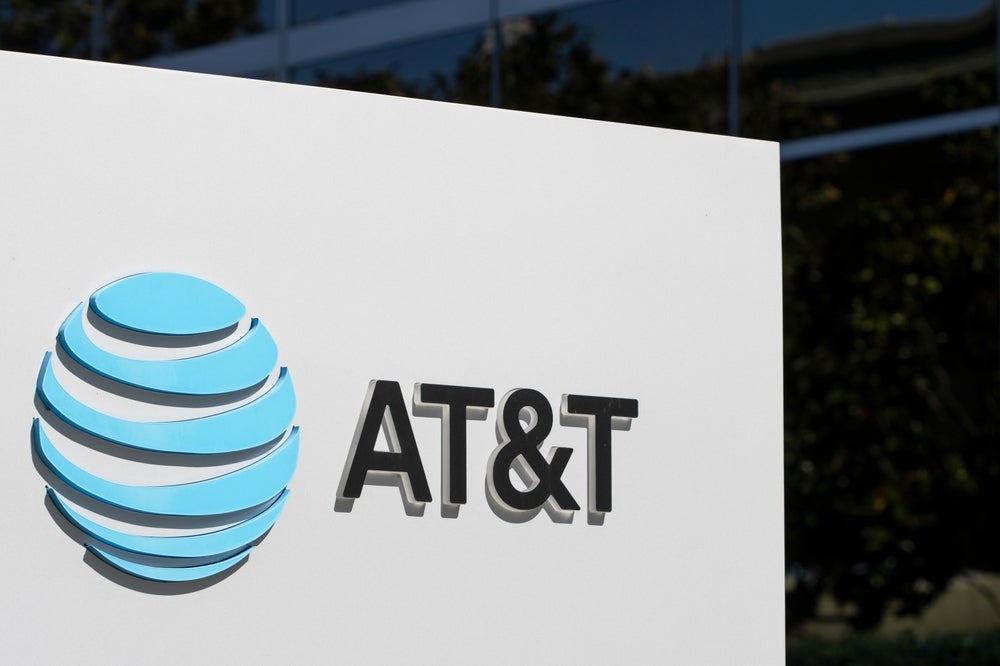In a US consumer services space bracing for a wave of fibre M&A deal activity, one thing has become abundantly clear: AT&T has zero intent of standing pat while rivals Verizon and T-Mobile spend freely to close the gap on its lead in fibre deployment.
If recent comments made by AT&T’s highest-ranking executives hadn’t managed to erase any doubts on this score, the company issued another trumpet blast this week via a newly expanded $1bn-plus purchase agreement with US-based fibre-optic vendor Corning.
When considered alongside moves in September 2024, to broaden its open-access fibre strategy, the resulting portrait shows a company willing to use every lever at hand to maintain its fibre lead.
It is noteworthy that AT&T’s expanded agreement with Corning comes just a month after Lumen announced that it was securing 10% of Corning’s global fibre capacity for two years. The fact that this was Lumen’s largest fibre-optic cable purchase ever underscores just how much the US fibre space is heating up.
AT&T is going to use all the tools at its disposal
AT&T already claims to be Corning’s biggest customer, and the expanded, multiyear fibre infrastructure deal will provide AT&T access to a pipeline of next-generation fibre equipment to keep both its buildout cadence and its subscriber acquisition pace steady while broadening its buildout ambitions.
Moreover, that pipeline will be compliant with the US National Telecommunications and Information Agency’s ‘Build America, Buy America’ requirements for any potential Broadband Equity, Access, and Deployment (BEAD) Program-funded buildouts, locking down a crucial link of its supply chain before the fibre land-grab ahead makes such commodities harder to come by.
How well do you really know your competitors?
Access the most comprehensive Company Profiles on the market, powered by GlobalData. Save hours of research. Gain competitive edge.

Thank you!
Your download email will arrive shortly
Not ready to buy yet? Download a free sample
We are confident about the unique quality of our Company Profiles. However, we want you to make the most beneficial decision for your business, so we offer a free sample that you can download by submitting the below form
By GlobalDataImportantly, AT&T’s fibre moves aren’t limited to stoking the CapEx-heavy internal build engine. AT&T execs have embraced the notion that open-access agreements can both substantially increase an ISP’s population coverage while boasting early open-access penetration that dovetails with the expected performance on internal builds.
This week’s Corning news follows on the heels of a September 2024 announcement that further expanded the operator’s engagement with open-access fibre models: Just days after rival Verizon announced its proposed $20bn acquisition of Frontier Communications, AT&T not only formally divulged its intention to expand its Gigapower fibre joint venture with BlackRock beyond the initial target of 1.5 million premises passed, but also unveiled four new open-access partners in Boldyn Networks, Digital Infrastructure Group, Prime Fiber, and Ubiquity.
First and biggest
AT&T CEO John Stankey is rarely one to mince words. At the Goldman Sachs Communicopia + Technology in September 2024, AT&T’s top executive said, “My scale ambition is to be first and biggest as we go through this cycle.”
AT&T’s fibre network currently passes more than 28 million locations, and that number will likely be north of 30 million by the end of 2025 – when Verizon and T-Mobile could be sitting around approximately 27 million and 10 million, respectively, assuming their various M&A deals go through without too many hitches. (Of course, given the noise coming out of Frontier shareholders in the run-up to next month’s vote on the deal, there very well could be hitches.)
AT&T CFO Pascal Desroches gave some colour on why and how far beyond that 30 million-passings total the operator could go during AT&T’s Q3 2024 earnings call last week, saying “the better-then-expected returns” from AT&T’s fibre investment opened the possibility for going “beyond [its] initial build target by roughly 10 million to 15 million additional locations.”
By way of translation: AT&T is ploughing itself a runway to pass around 40 to 45 million locations with fibre service before all is said and done. That is, of course, until and unless one of its rivals ups the stakes yet again, as “first and biggest” is likely to be a moving target.








